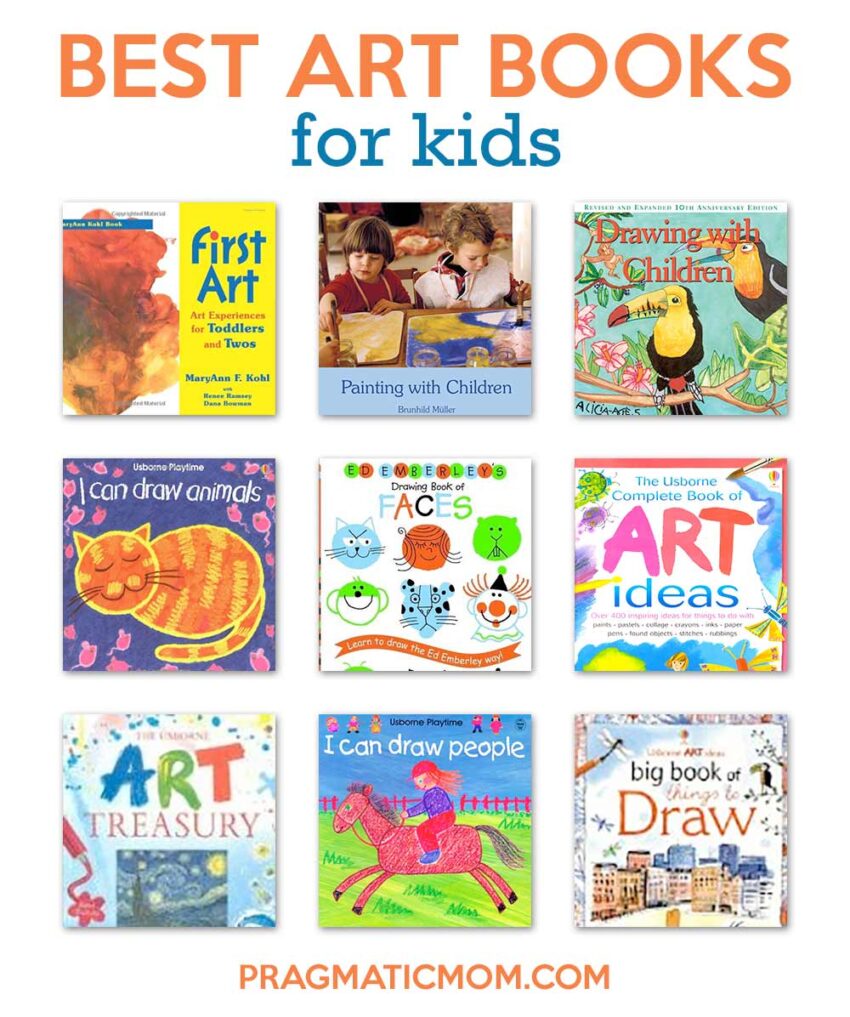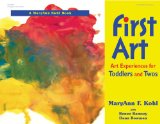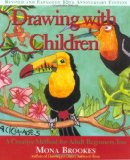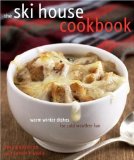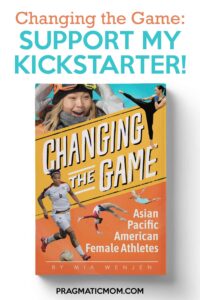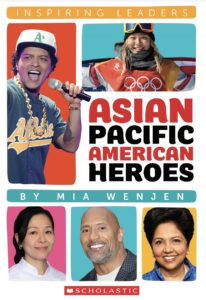Please welcome guest author, Sarah Pinneo. She is the author of Julia’s Child which will be released in January of 2012 by Penguin Books. She is also the author of The Ski House Cookbook which has delectable cold-weather food. I am personally really excited about this post because my oldest is a budding artist and Sarah’s book recommendations are fabulous. I will be purchasing Ed Emberley’s Drawing Book of Faces and Rosie Dickens’ Art Treasury for her! Thank you, Sarah, for sharing this!
———————–
Somehow as a child, I got the impression very early on that drawing was something other people could do. My art never made it past stick figures, and it never occurred to me that a different outcome was possible.
Fast forward thirty years and my own two children began attending a Waldorf school, where drawing is used to teach every subject—reading, math, French—you name it. And the work that older children at the school produced was… amazing. And not just some of the children. All of them.
For the first time, it occurred to me that my fear of the blank page might be just that—a needless fear. So I began to read up on the teaching of drawing and to experiment with my children. I discovered a long list of worthy resources for parents and children alike.
Best Art Books for Kids
For the youngest children, MaryAnn Kohl’s First Art is invaluable. While I’d heard the phrase “process-oriented” tossed around in preschools, Kohl explains precisely why toddlers don’t care about producing a finished product, and what they’re really doing when they slick those chubby hands through finger paint. Detailed instructions for dozens of activities follow, including homemade “paints” and fourteen different variations of the play dough experience.
Another “process” book—but with a much narrower scope—is Painting with Children by Brunhild Muller. The wet-on-wet technique for watercolor painting is explored, with very young children in mind.
As kids reach kindergarten age, they become more willing to work toward a specific result. So I spent some time reading Drawing with Children by Mona Brookes. Brookes postulates that with even a little bit of concrete instruction, any child can learn to draw. Unfortunately, the projects in this book were not (*cough*) idiot-proof enough for me. Yet Brookes is most effective in sharing her insights about how children learn to form images, and why their progress often looks nonlinear to adults’ eyes.
So for joyful projects for children 4 to 8, I turned to I Can Draw Animals and I Can Draw People, both by Ray Gibson. While the step-by-step instructions are amazing, the real genius here is the aesthetic. Neither of my boys could resist attempting the scuba diver, the lizards, the astronaut, and the skiers. This book makes you want to draw.
Ed Emberley’s Drawing Book of Faces wins first prize for longevity. I remember this book from the seventies, and there’s a good reason why it’s still in print. While Emberley’s simple, cartoonish style may not satisfy the most ambitious artists, his humor and charm are irresistible. Even the most reluctant artist will want to try his hand.
Ready for even more technique? Author Fiona Watt’s amazing Big Book of Things To Draw is fabulous. Watt takes her young artists through crayon, pastels, ink, and crayon, with very specific and beautiful projects to try. (If that book is tough to find, Watt’s Usborne Complete Book of Art Ideas is similar.)
Another author gets high marks for integrating art education with well-conceived projects for grade school children. Rosie Dickens’ Art Treasury is ambitious. Each four-page spread first shows an artistic masterpiece, with background information about the artist, and then outlines a project inspired by that work. In lesser hands, I can imagine this combo could be very frustrating. But Dickens gets it just right. The book’s big trimsize shows off each masterpiece (think Starry Night and Monet’s water lilies) and each subsequent project. The projects succeed because their scope is narrow—only one little skill or idea from each masterpiece—wintry trees, say—is used for the project.
I don’t care if my boys become great artists. But I’d like them to know that drawing satisfying images isn’t magic. Like everything else in life, it just takes a little practice. I worry in this era of sticker foam and insta-crafts that children are even less likely to make this leap than they were when I was little. But with a few solid resources on the bookshelf, it’s my hope that my boys will appreciate their own art, and enjoy the benefits of working at it.
And just yesterday, I drew a very respectable chipmunk.

Sarah Pinneo writes about family, food, and fiction from Hanover, N.H. She is the author of The Ski House Cookbook (Clarkson Potter, 2007), and her novel, Julia’s Child, will debut from Plume / Penguin in early 2012.
Children’s Books About Art Mysteries
Art Project for Kids: American Impressionist Childe Hassam
Picture Books About Strong, Independent Female Artists
Monet’s Water Lilies: Books and Art Project for Kids
Visiting Museum of Contemporary Art in Chicago: Kids Interacting with Art
Follow PragmaticMom’s board Art with Kids on Pinterest.
To examine any book more closely at Amazon, please click on image of book.
As an Amazon Associate, I earn from qualifying purchases.
BEST #OWNVOICES CHILDREN’S BOOKS: My Favorite Diversity Books for Kids Ages 1-12 is a book that I created to highlight books written by authors who share the same marginalized identity as the characters in their books.

